

ifi:
I have always seen ifi around, you know if you are browsing Head-Fi you really can’t miss them. Belonging to the group AMR (Abbingdon Music Research Group) one of the largest if not the largest audio manufacturer in the UK, ifi has made a notch here at Head-fi. Endlessly imaginative they have created one-of-a-kind products like the xDSD, the Nano iOne, the Nano iDSD Black Label, the ifi Blue and most recently the ifi iDSD Diablo II.
https://ifi-audio.com
The GO blu
Now what grabbed my attention here was the multifunction knob. Sure it may be the very first thing you see when you lay eyes on the GO blu. The GO blu is a lot of things, but basically it can be two things. One, a Bluetooth receiver and amplifier, and Two, a stand alone DAC hooked to your computer or phone. To get back to this multifunction knob, spinning it (infinitely) allows you to adjust the volume from phone playback or computer audio playback. Plus there is a button inside of this volume wheel that allows for pause/play of music from your computer or phone, plus it allows control of YouTube videos. So….............

Basic operation on the fly!
Volume controls (turn) mirrored confirmation of volume levels with device you’re using
Play/Pause (a short click)
Skip forward (two short clicks)
Skip backwards (three short clicks)
Voice assistant (long press)
This woman is speaking in this wonderful British accent and tells you the style of Bluetooth you’re using. Truthfully I don’t know her that well and in my use she comes on when waking the device to tell me (it's in) LDAC. And the great part is she is totally polite and at a perfect volume level, then goes away to never be heard again………..charming.
So what I’m saying is I have worked with my fair share of devices, though I don’t consider myself an expert. Yet I have number one, never seen a device quite this small, the GO blu is the size of a 9V battery. Oh, and I forgot to mention due to this size the button placement and functionality is really important for the user experience. The user experience? I use the GO blu two ways. One while in the office it sits next to my computer and acts as the perfect little DAC/AMP. The GO blu can power full size headphones and of course IEMs. The next thing I do with it is place it in my shirt pocket (in the pouch) and listen to quality music being played off my phone as I walk home from work. Historically it is the first and only portable device that allows me to use my favorite IEMs and sits in a shirt pocket while on the go. Really it doesn’t get better than this.



So you may be wondering what the other specifics are?
The GO blu is the first miniature DAC to use the QC5100 chipset which uses 2X the processing power.
The GO blu has a built-in microphone for hands free calls with your smartphone, so really with the battery life, you can use it all day.
Battery:
This battery life lasts really a regular work day, yep all day. You see the GO blu is self powered so it never drains the battery from your phone. Hello, are you starting to get a clue as to how different of a product this is? Battery life averages about 10 hours but can be less even 4 hours with full-size headphones, IEMs can go 10 hours. The GO blu takes only 40 minutes for a full-recharge.

The lights and operation:
First things first you may want to hook your Go blu to an android phone and download the latest firmware. As such the updates are done with the Gaia Application 4.2.2.

Use of effects/filters:
XBass and XSpace are ways of adding audio enhancements to your listening. You can also add them together, yet I seem to like playback with-out. One thing to notice is that the GO blu doesn’t offer iEMatch like the GO bar. There is also a standard mode and minimum digital filter mode. XBass is a bass add to the sub bass and XSpace is a way to add stage imaging, yet the images suffer from slight density.
USB TypeC Mode:
Not just charging, but will allow up to 96kHz - 24bit playback.
Battery status: Green when charging, then out when charged.
Levels:
Green 100% to 60%
Yellow 10%
Red 10%
Microphone:
Take note one side is the factory reset and the other side the microphone. Lucky there is a faint drawing of a microphone so you don't stick anything in there.

Buttons:
The center button turns the GO blu on and off. This button is also used for that woman’s voice to inform you on your BT codec in use. This button also controls the digital filter on or off. Thus 2X press to hear your codec, hold for 3 seconds to power the device on or off.
The smaller button below the knob allows access to the effects and is used to confirm and activate paring with a Bluetooth source.
Now that that’s out of the way let's get to sound:
Comparisons to the GO bar, and GO link:
First off it is safe to say these three devices are related. Meaning at first I only owned the GO bar and after comparing it to various Dongles and DAP felt I understood the sound personality. Same with the GO link and GO blu having a tone that is related. The best way to describe this tone would be various levels of detail arriving at clarity yet not clarity through a bright treble. These devices are magically warm but not dull in any way shape or form.


My list of sound quality best to worse:
GO bar $329.00
GO blu Type C USB $199.00
GO link $59.00
GO blu Bluetooth $199.00
So you see it is really easy. There is a soundstage that was nice and full decorated with details, but details through resolution and not stridence or glare. While there are specific uses for each ifi device as they each have a slightly different function, form factor and price. Yet the one stand out feature here is the GO blu has two different sounds. Yep. I can not tell you how much I enjoyed the blu from my computer. What is fascinating is just how small the GO is in comparison to many Dongles out there. So what we have is a premium device to use in the office and a Bluetooth device to go out and about……yet both exist with-in the GO blu.

No other device works exactly like the GO blu does.
The usage experience:
You will laugh at this usage scenario. I got the GO link and the GO blu together and my iPod Touch. The IEMs I used were the NiceHCK Himalaya with the included cable which is 4.4mm/3.5mm and 2.5mm modular. I first went to the GO link which instantly lit-up showing a signal. I plugged the 3.5mm plug in (as it only offers 3.5mm) and away I went. YouTube videos and volume is controlled by the iPod going to the GO link. Then I switched to the GO blu noticing a fuller and slightly more authorized GO blu wired sound. Then I quickly switched Bluetooth and the British female showed-up again to say AAC. As noted the sound was holding a slight hiss and missing the last octave in bass, yet it was better than any TWS I have ever tried. I have probably heard 7 TWS up to $165.00. The reason it was better was because I was using my own wired IEMs……and not some cheap TWS IEMs. But before I leave this section just realize the use of two different ways to hear the GO blu. Each transition took seconds to establish a sound connection. Literally maybe this isn't a big deal anymore.............but in my uses the GO blu was simple and easy to use?
Now switching to the Computer with Hires files:
Crazy as switching over to wired with the computer took zero button GO blu pushes? I mean you can’t make this stuff up. I simply turned Bluetooth off on my computer. I had both computer volume control and GO blu volume control. I mean I really have to emphasize the tone here. This is a Dongle in a way, and yes it is lesser in overall sound than the GO bar. But…….the GO bar is the most powerful and expensive regular Dongle. Here the special thing was that the GO blu was better than the Go link, but also smoother and had that provocative ifi house sound. To try and describe that, it is open and well spaced, seemingly having all elements in place. Truly the Himalaya and GO blu was all I needed. I mean sure there was an ounce of quality (maybe realness) that the GO bar did better, yet the differences were truly a percentage here. What fun…….at 06:13 the bass drop............it is all you need!

E-Mantra
Cinematica VOL1-“Secluded Trails”
Mysterious Murmur through the trees
44.1 kHz - 24bit
While this song doesn’t show the full gambit of what is possible with the GO blu it is a nice starting point. And really this style of both the NiceHCK Himalaya and the overall tone is a match made in heaven here. I’m using my typical wide-bore ear-tips. Let's try another song.....................
Suldusk
Anthesis
Sphaera
96.0 kHz - 24bit
(Time markers are only for the digital file here)
Here we are washed with a singer songwriter vibe. This beginning could be straight out of 1975. Vocal harmonies, multitracking……the works. What makes this special is both the guitar picking and panning as it is traveling from right to left, yet sounds totally natural? At 02:01 the drums take notice, then right after the strings. I love this song. Probably the 1970s sentimentality, up to this point anyway? The strange part is normally I’m grabbing the Dongle to feel warmth in temperature, yet here it is ice cold. At 04:18 the song kicks-in to another level, any of those fond memories of Judy Collins are long gone. At 04:50 a theme, a chorus plays taking the climax to its ultimate end. All the multitracks, the fruition of the songs prior placements……….and a spoken word takes us away……….and the piano plays and Emily Highfield sings with all the skill and authority of pureness……..and the song ends in reverberations.
Summary:
See here is a balance of ease of use, sound quality and results. While remembering this is all taking place by maximizing the digital file to become both relatively detailed, and have great itemization and authority into the stage. I thought about how this played out and it left me with-out wanting, I didn’t need more, at least in this usage scenario I was fully involved and entertained………as I thought I was maybe experiencing 90% of the songs full potential?
Bluetooth from a computer now?
So here we take the Apple MacBook Air and unplug the wire. I could do this with my phone, and I have already done it, but this is really so simple to set up. I went and unplugged the wire, then clicked on the Bluetooth symbol on the top, pressed the join button below the knob……….you know the gold knob……..how could you forget the gold knob? Anyway, I was greeted with that British accent again and it said AAC. While sure there are slight differences, I mean off my phone I used LDAC and yes, there was a slight difference, but this works. To try and describe the Bluetooth sound, it is carrying slightly less density, call it weight, maybe………except when the strings arrive in this song once more it puts everything and every question to rest. This Bluetooth is simply better than any TWS I have tried, of course I’m using the Himalaya and included cable in 4.4mm to get the great imaging and smooth washes of tone-sound here. To best describe this Bluetooth, it was like a pond of water and with wired I could look into it just slightly farther down into the depths, yet this style of air and rhythm taking place at this point is still nothing to throw rocks at……….If you could hear it……..the quality is actually better (perceived) than my week long preliminary testing before writing this little poem up?

(Go blu above) MacBook Air with Colibri 2.0.2 Native Lossless Audio

(Go bar above) MacBook Air with Colibri 2.0.2 Native Lossless Audio
Full-size headphones:
I mean sure, anything almost can power IEMs, but what are full-size like? Hilariously here I am going again with the same song, only pulling out the Sony flagship TOTL MDR-Z1R full-size headphone. I mean if there are differences now I should hear more between Bluetooth and wired. Let’s start with Bluetooth. I did this before early on in the week, trying to get an idea as to what I will put into this review. Wow, even AAC is dramatically better when you add headphones for almost exactly 7X the price of the NiceHCK Himalaya. Yet the MDR-Z1R is doing something else too……it is adding thickness to the Bluetooth replay…….like filling it in. The stage is bigger and while playback can get super loud……….so loud that the only way to find out how much power is to take the headphones off my head and use them as a room speaker.
 OK……now for the wired again!
OK……now for the wired again!Absolutely beautiful here. There is truly a difference. Where now there is better separation and characterization, really improved textures. Where each element is divided and has an origination point. The MDR-Z1R has never had female vocals be their strongpoint, and here is no different. But truly the rest is just about spot on as far as naturalness…….and that rolling bass in this song…….perfect. Now I have to break out the GO bar.


On a side note:
Looking up at the Bluetooth symbol I just realized that it also gives you the battery level of the GO blu. Cool. I’m at 94% charge……I have never seen a digital read-out of the battery until now.
The GO bar and MDR-Z1R:
Sure this review isn’t even about these two devices, yet it is important to know about if you simply wanted one purchase. And you didn’t want an ease of use going mobile. Because the GO bar is still meant for on the go, it is just noticeable how different the two are.
Where I just weighed them and sure enough the GO blu is 28 grams and the GO bar is 30 grams, yet at this minimal weight, you totally feel the weight difference in your hand, also the GO bar is bigger as seen in the pictures. But to try and differentiate the two, the GO bar has no battery, offers way more flexibility in decoding and offers more filters and iEMatch ability to go with reducing hiss with sensitive IEMs. But as far as sound goes, yes the bass was better actualized and holding separations into the stage, and containing the pace benefits that go along with that, the singing and guitars were slightly more real into the presence they offered. I can’t really quantify the differences but it is probably safe to say the difference from going from Bluetooth to wired with the GO blue......and it is the same extra additive you get going from the wired GO blu to the GO bar. I hold the GO bar as number three in my portables, with the Sony WM1Z DAP number one, Sony WM1A DAP number two, and the ifi GO bar as number three........probably the GO blu goes in forth position?
Other examples of playback:


Really any IEM placed into the GO blu offered great fidelity. It's that middle of the road style where ifi has been producing this same tuning with a number of products, only to now allow that same technology miniaturized into something that you could place into your shirt pocket and enjoy. Both the Penon Audio 10th Anniversary (top) and the TSMR 10th Anniversary (bottom) go to make the GO blu very thick and luscious sounding. They sound good on a number of playback devices, but here especially in Bluetooth mode, they add an added heaviness that is welcome. And........that is not to say other IEM tunings sound bad in anyway, only the extra density seems to add that quality to Bluetooth playback that makes it sound even more enjoyable?
Packaging:









Build:
The GO blu offers a semi-rubber exterior as to accept BT signals. The top-cap and one side offer a brushed aluminum faceplate. Each and every button holds a full confirmation of pressing, with the knob center holding the most physical back-pressure. As such the only thing to worry about would be pushing in the microphone instead of the factory reset. While really the very smallest DAC/Amp I have encountered thus far, I can promise you the pictures make it seem that much larger.



Conclusion:
The GO blu is still just as relevant today as when it was released……..I mean can you think of anything that is like it? While I have not heard every Dongle, in fact I don’t consider myself a Dongle expert at all. Yet I do know what sound I like. The ifi sound is lush and romantic, holding a naturalness far different from all my other gear. This tone may take a moment to identify……as your brain has to make sure it is getting all the info.............yet ifi is not using a boosted treble to get there. You see I understand this because I have used the ifi products to test various IEM replays for folks, and I’m not afraid to join the ifi sound with darker IEMs and headphones. Why? Because ifi has a deal where the tuning offers just the right amount of clarity through resolution, that allows for two things. One the character of smoother IEMs and headphones pushes through, and the brightness of too much forwardness of midrange or treble gets the tone-down polish to work-out just as good. So I am learning more and more about what the ifi sound means.........to me anyways. You are receiving that sound with the GO blu and have the freedom to take it with you, or the substantialness to simply stay at home with it. Finding a captivating sound that you may not want to leave the house over.
The GO blu retails at $199.00 USD.
https://ifi-audio.com/products/go-blu/
https://www.amazon.com/iFi-Audio/s?k=iFi+Audio
Disclaimer:
I want to thank Lawrence at ifi for the GO blu review sample.
Disclaimer:
These are one person's ideas and concepts, your results may vary.
Equipment Used:
Sony WM1A Walkman DAP MrWalkman Firmware 4.4mm
Sony WM1Z Walkman DAP MrWalkman Firmware 4.4mm
HiBy R3 II DAP in 4.4mm balanced and 3.1 TypeC USB digital output and Bluetooth LDAC
Samsung Phone 3.5mm analogue output, USB TypeC USB digital output and Bluetooth LDAC
Apple MacBook Air USB TypeA digital output and Bluetooth AAC
Apple iPod Touch Lighting digital output and Bluetooth AAC


A clip case is also offered for $26.00 to $29.00.
https://ifi-audio.com/products/go-blu-case/









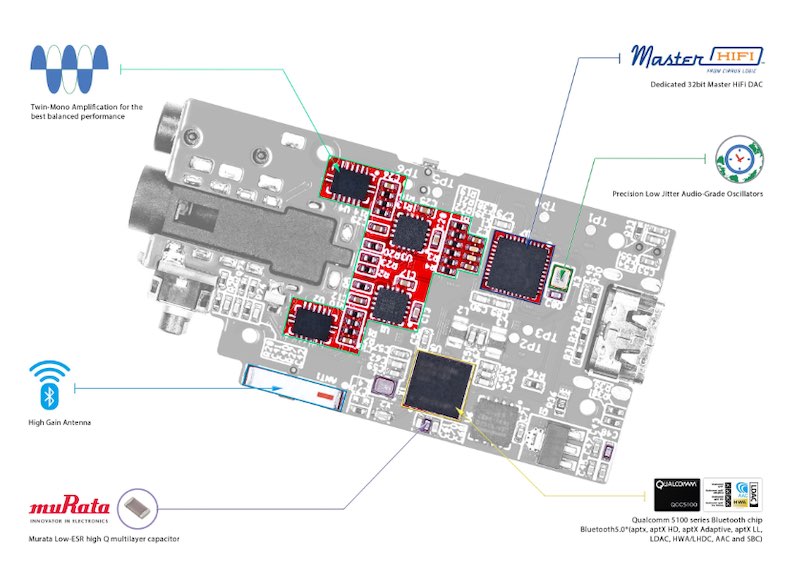







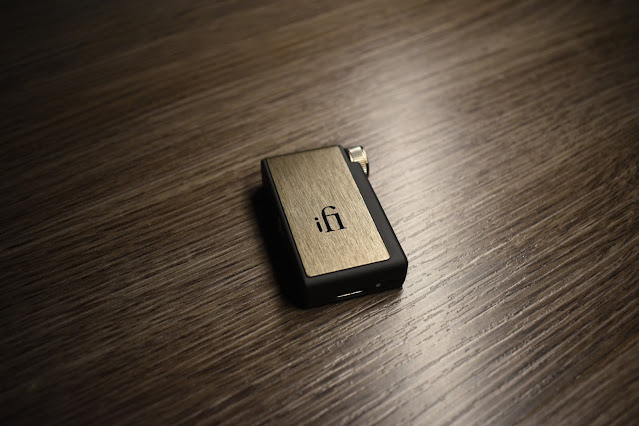

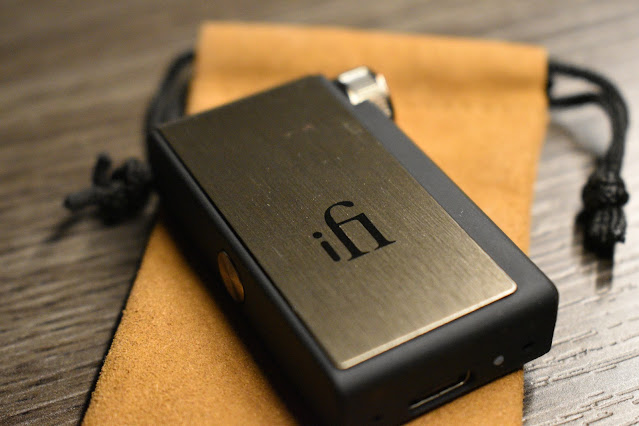


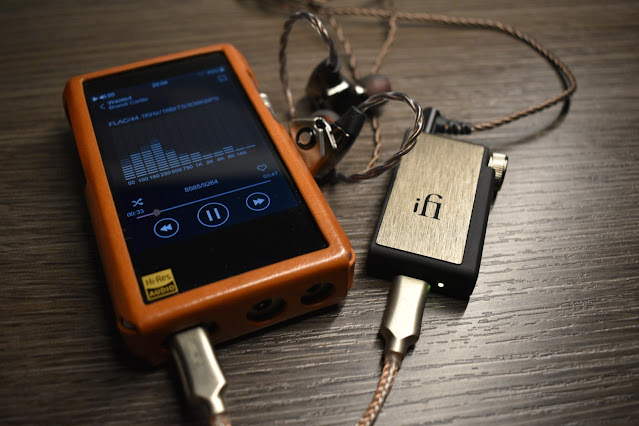






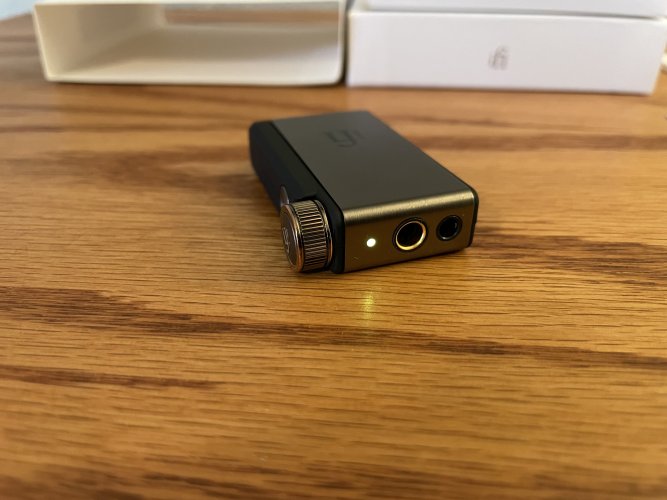




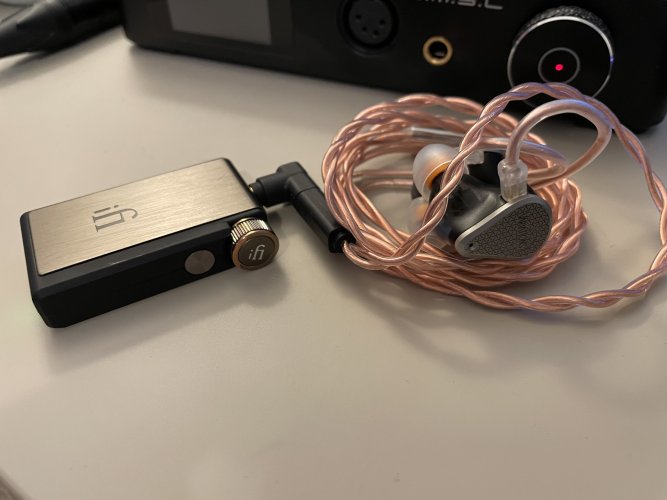
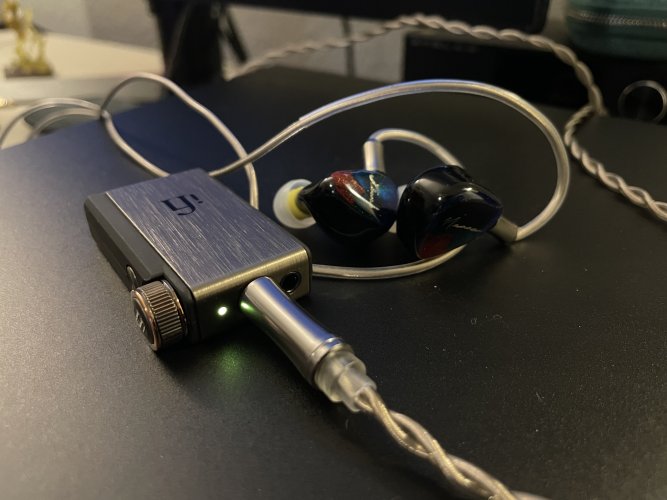




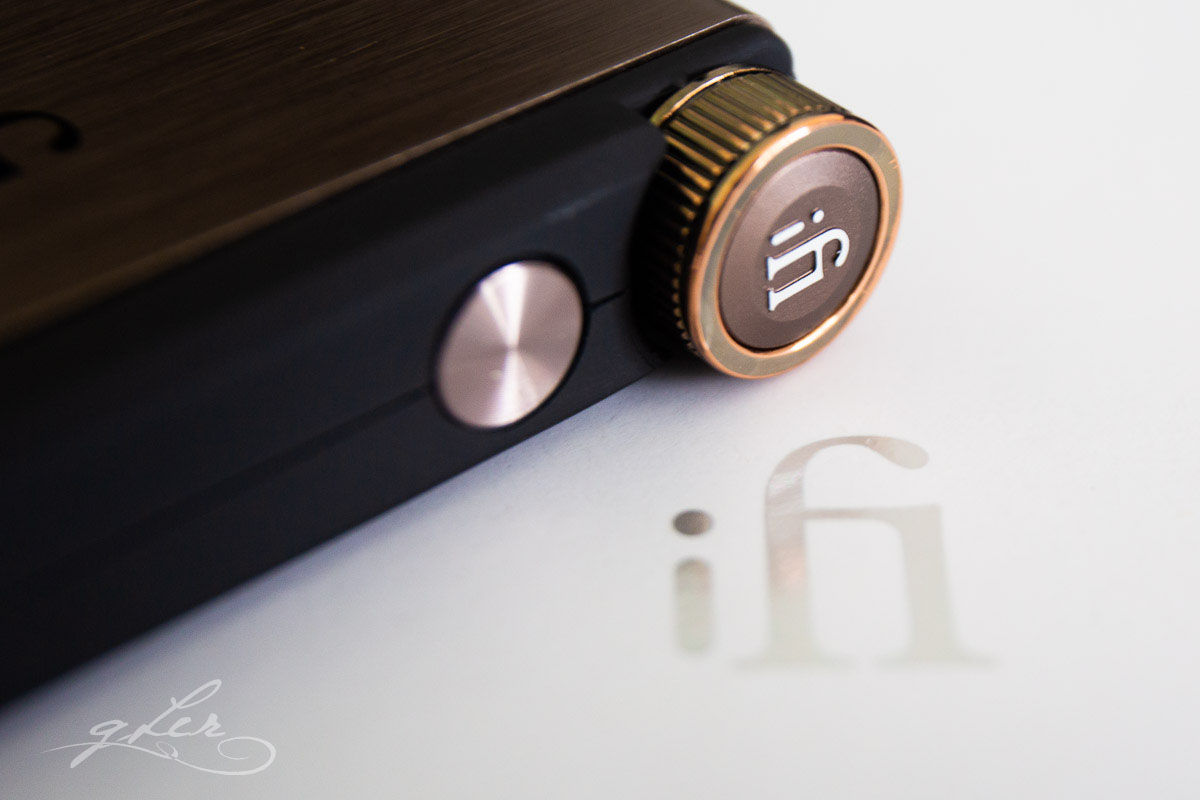



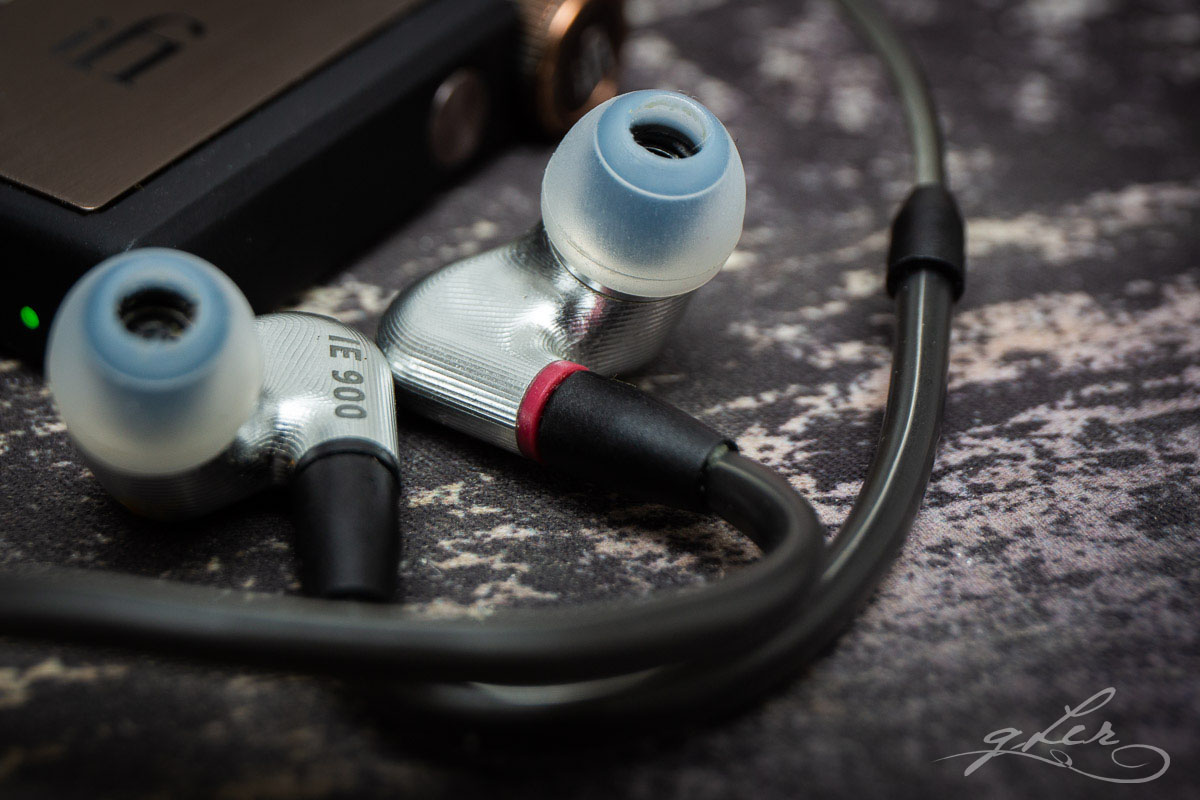
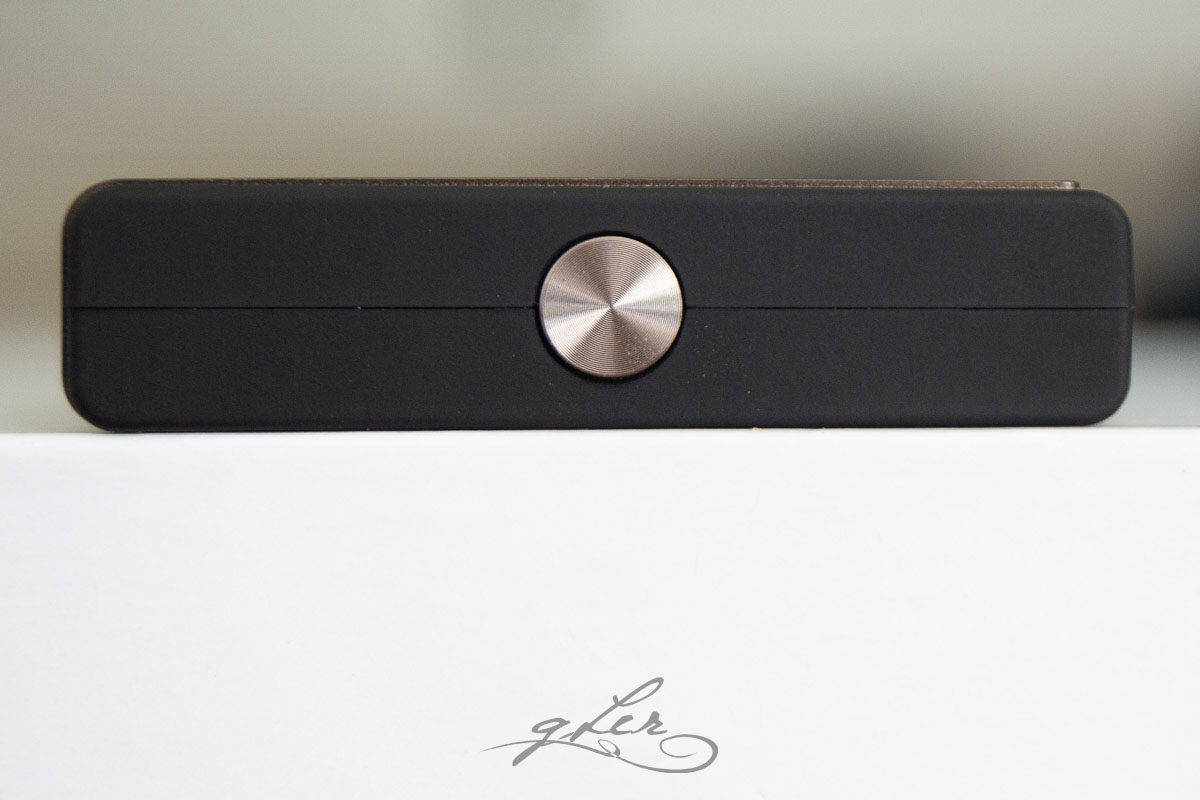




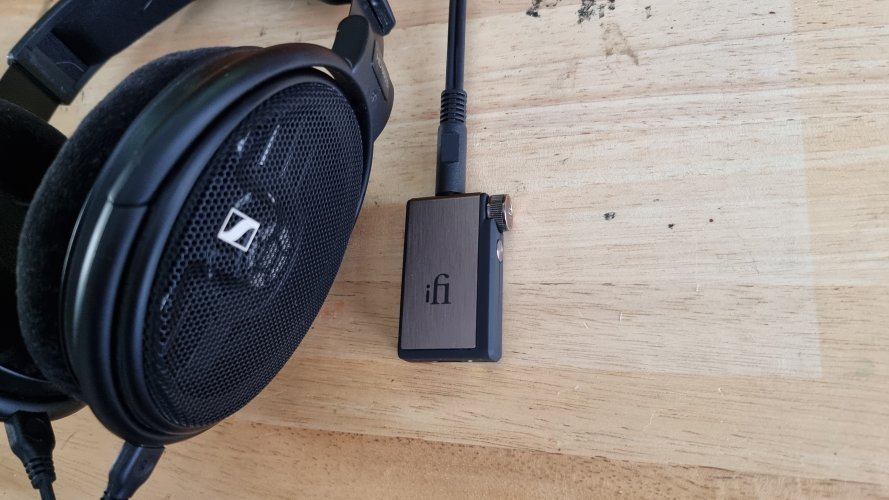
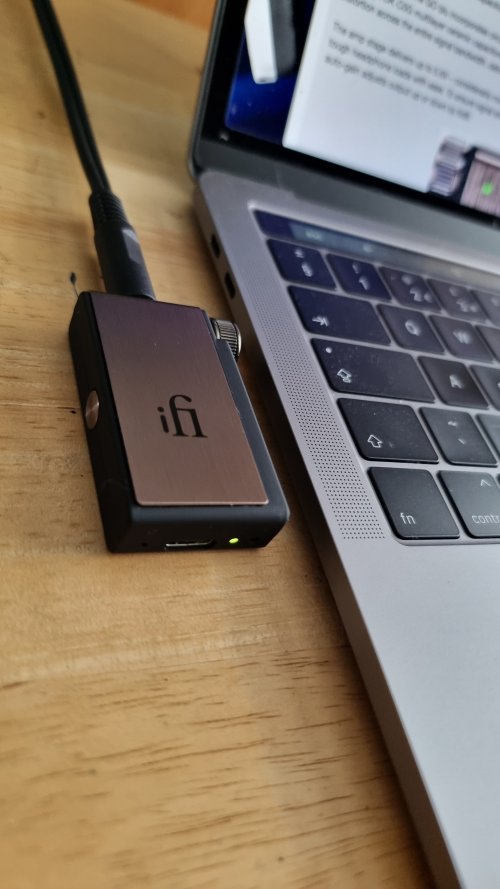


It's really good to find out about the volume control, because sometimes listening to my IEMs at home, it's very quiet and I can listen to music at very low volumes...
That was my biggest concern, using very sensitive IEMs with the go blu